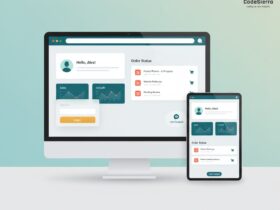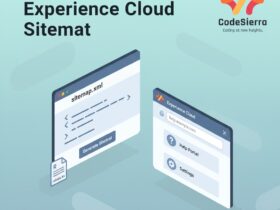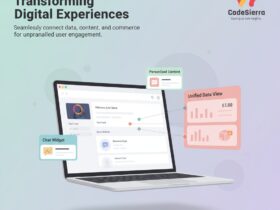Learn how no-code portal builders like Titan Web and Salesforce Experience Cloud let you create secure, integrated web portals for customers, partners, students, vendors, and employees — without writing code.
Why build integrated web portals in Salesforce?
Web portals provide a dedicated interface for external and internal users to interact with your business. When built on Salesforce (via Experience Cloud or integrated builders like Titan Web), portals connect directly to your CRM data, deliver self-service options, and reduce friction for support, sales, and partner workflows.
Common portal types and use cases
- Partner portals: Share leads, opportunities, marketing collateral and training to accelerate collaboration.
- Customer portals: Support ticketing, order tracking, account self-service and knowledge bases to improve satisfaction.
- Self-service portals: Enable customers or employees to find answers, log issues, and complete transactions without agent help.
- Student portals: Centralize course materials, assignments and communications for educational institutions.
- Community portals: Foster peer-to-peer engagement, forums and resource sharing for interest groups or residents.
- Vendor portals: Streamline purchase orders, invoices and delivery coordination with suppliers.
- Employee portals: Central hub for policies, onboarding, internal tools and learning resources.
Step-by-step: Build a custom portal without code
- Define goals and audience — identify primary users and their key needs.
- Choose the right Salesforce product — Experience Cloud for authenticated experiences, Salesforce Sites for public pages, or a third-party builder (e.g., Titan Web) for rapid drag-and-drop sites.
- Outline portal structure — plan pages, navigation and user journeys before building.
- Configure access and security — create user profiles, roles, and sharing rules to control data visibility.
- Design the UI — use Lightning App Builder or your portal builder’s themes/components to match branding and usability requirements.
- Integrate Salesforce data — create custom objects/fields and map real-time sync between the portal and your org.
- Extend with AppExchange components — add pre-built functionality for authentication, payments, form builders, or reporting.
- Test across devices and browsers — involve representative users and fix UX or data issues before launch.
- Launch and maintain — plan a staged rollout, monitor usage, and iterate on feedback and analytics.
Best practices
- Start with user journeys — design for the tasks users need to complete, not just pages.
- Keep data security top-of-mind — apply least-privilege access and audit logs for sensitive operations.
- Use standard objects where it makes sense — reduces maintenance and improves compatibility with integrations and AppExchange tools.
- Automate common tasks — use Flow or declarative automation to handle approvals, notifications, and case routing.
- Measure success — track KPIs like adoption, time-to-resolution, support deflection and conversion rates.
Why Titan Web?
Titan Web provides a drag-and-drop website and portal builder that integrates directly with Salesforce. It enables bi-directional, real-time data sync with your org and works well for industries such as healthcare, finance, education and commerce. For teams that want faster time-to-market and lower development overhead, Titan Web is a practical no-code option that complements Experience Cloud.
Where this applies
Any organization that needs authenticated or public-facing experiences tied to Salesforce data — sales channels, partner networks, customer support, student services, procurement, HR portals — can benefit from building portals using Experience Cloud or integrated no-code builders.
Conclusion
Building integrated web portals in Salesforce reduces friction, boosts self-service, and centralizes data-driven user experiences. For Salesforce admins and developers, focusing on secure data models, clear user journeys, and automation will deliver measurable business value. For business users, portals improve engagement, speed up processes, and provide a single source of truth for interactions.









Leave a Reply